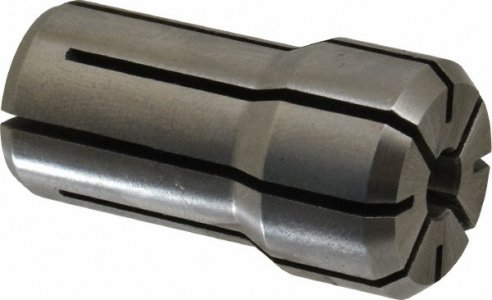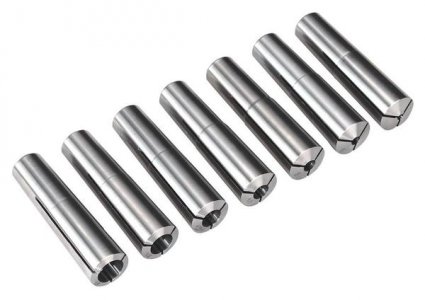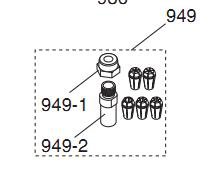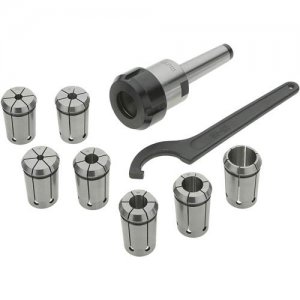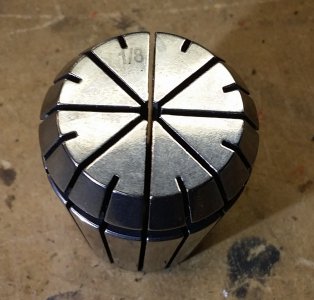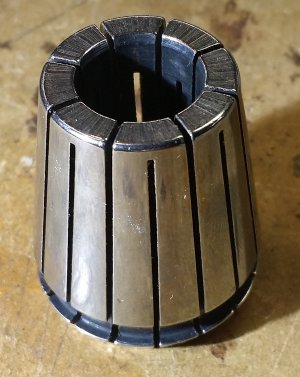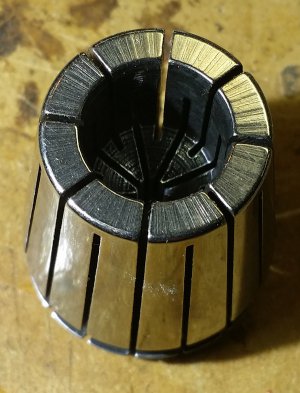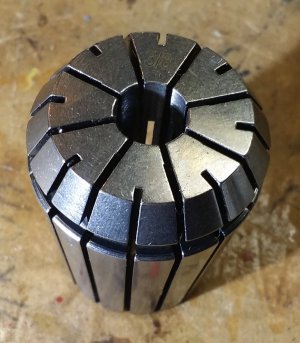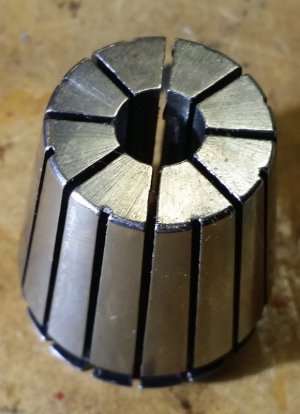- Joined
- Aug 3, 2015
- Messages
- 154
ARRRRGGGG! Ratsafratsin off-brand second-rate imitation of a tool!
The draw-in bar pulls the whole collet holder into the quill on the G0516.
The collet holder setup on this thing is an oversized copy of a stinkin' Dremel. The part I hadn't torque-up properly was the 'retaining nut'.
More egg on the face for the n00b.
I googled how REAL milling machines are built. I saw how the draw bar tightens the collet in those.
The draw-in bar pulls the whole collet holder into the quill on the G0516.
The collet holder setup on this thing is an oversized copy of a stinkin' Dremel. The part I hadn't torque-up properly was the 'retaining nut'.
More egg on the face for the n00b.
I googled how REAL milling machines are built. I saw how the draw bar tightens the collet in those.


